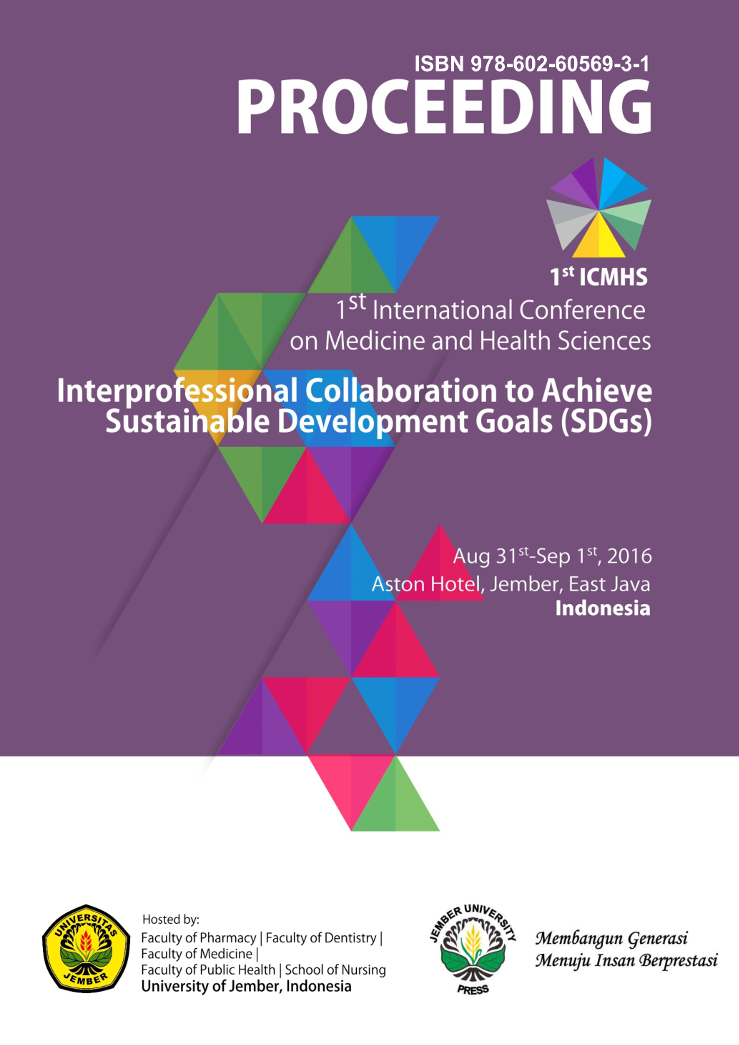NOVEL METHOD THYROID HORMONE MEASUREMENT
Abstract
Iodine is an essential mineral of thyroid
hormones produced by the thyroid gland. These are
essential for life which therefore, makes iodine
crucial. Although goiter is the most visible sequelae
of iodine deficiency, the major impact of
hypothyroidism due to iodine deficiency (1). There
are 2 billion people are at risk of goiter due to
insufficient intake of iodine. Nearly 266 million
school-aged children world-wide have insufficient
iodine intake (2). The school children formed
representative study population for iodine status
estimation as they represent community (3).
Decreased thyroid hormones levels
(hypothyroidism), by contrast, is associated with
decreased metabolic rate. Most of these effects are
due to the direct action of thyroid hormones on
target tissues and direct actions on genes expression
(4).
Thyroid stimulating hormone (TSH),
secreted by the anterior pituitary in response to
feedback from circulating thyroid hormone. TSH
regulates iodide uptake mediated by the
sodium/iodide symporter, followed by a series of
steps necessary for normal thyroid hormone
synthesis and secretion. Thyroid hormone is
essential for normal development, growth, neural
differentiation, and metabolic regulation (5).
Although the presence of thyroid hormone
is crucial, it has not become part of a routine check
up on the public service because it is costly. Central
public health laboratory does not serve the thyroid
hormone tests (6). Besides, blood test to measure
thyroid hormone is considered quite painful. Lately,
research on oral fluid (saliva) which can be used as
the unit of test analysis emerged. saliva can be seen
in many cases as a reflection of the physiological
function of the body. There have been concerns
about the use of saliva for diagnostic purposes due
to its low concentration of analytes in comparison to
blood (7). However, the examination of the thyroid
hormones using saliva have not been used. The
present investigation was aimed to analyze the
thyroid hormone assays using saliva.
MATERIAL AND METHODS
The research was an experimental laboratory. The
used animals were male Wistar rats aged 10-11
weeks as many as 21 rats which were divided into 3
groups. K was control group which received the 6-
week standard food and drink. P1 was the first
treatment group (iodine deficiency) which received
PTU (6mg/kg/BW) using intragastric intubation
method for 6 weeks. P2 was the second treatment
group which received PTU (6mg/kg/BW) using
intragastric intubation method for 6 weeks followed
by Levothyroxine (10μg/100mg/BW) administration
using the same method for 4 weeks. At the end of
the study, saliva and blood of rats was taken and
then the rats were sacrificed. The specimen were
examined for the levels of T3, T4, TSH using ELISA
procedure using Rat U-T3 (Ultrasensitivity
Triiodothyronine) kit, Catalog No: E-EL-R1050
(Elabscience); Rat T4 (Thyroxine) kit, Catalog No: EEL-
R0981 (Elabscience); and Rat TSH (Thyroid
Stimulating Hormone) kit, Catalog No: E-EL-R0976
(Elabscience). The data were collected and
statistically analyzed using ANOVA Mutivariate.
hormones produced by the thyroid gland. These are
essential for life which therefore, makes iodine
crucial. Although goiter is the most visible sequelae
of iodine deficiency, the major impact of
hypothyroidism due to iodine deficiency (1). There
are 2 billion people are at risk of goiter due to
insufficient intake of iodine. Nearly 266 million
school-aged children world-wide have insufficient
iodine intake (2). The school children formed
representative study population for iodine status
estimation as they represent community (3).
Decreased thyroid hormones levels
(hypothyroidism), by contrast, is associated with
decreased metabolic rate. Most of these effects are
due to the direct action of thyroid hormones on
target tissues and direct actions on genes expression
(4).
Thyroid stimulating hormone (TSH),
secreted by the anterior pituitary in response to
feedback from circulating thyroid hormone. TSH
regulates iodide uptake mediated by the
sodium/iodide symporter, followed by a series of
steps necessary for normal thyroid hormone
synthesis and secretion. Thyroid hormone is
essential for normal development, growth, neural
differentiation, and metabolic regulation (5).
Although the presence of thyroid hormone
is crucial, it has not become part of a routine check
up on the public service because it is costly. Central
public health laboratory does not serve the thyroid
hormone tests (6). Besides, blood test to measure
thyroid hormone is considered quite painful. Lately,
research on oral fluid (saliva) which can be used as
the unit of test analysis emerged. saliva can be seen
in many cases as a reflection of the physiological
function of the body. There have been concerns
about the use of saliva for diagnostic purposes due
to its low concentration of analytes in comparison to
blood (7). However, the examination of the thyroid
hormones using saliva have not been used. The
present investigation was aimed to analyze the
thyroid hormone assays using saliva.
MATERIAL AND METHODS
The research was an experimental laboratory. The
used animals were male Wistar rats aged 10-11
weeks as many as 21 rats which were divided into 3
groups. K was control group which received the 6-
week standard food and drink. P1 was the first
treatment group (iodine deficiency) which received
PTU (6mg/kg/BW) using intragastric intubation
method for 6 weeks. P2 was the second treatment
group which received PTU (6mg/kg/BW) using
intragastric intubation method for 6 weeks followed
by Levothyroxine (10μg/100mg/BW) administration
using the same method for 4 weeks. At the end of
the study, saliva and blood of rats was taken and
then the rats were sacrificed. The specimen were
examined for the levels of T3, T4, TSH using ELISA
procedure using Rat U-T3 (Ultrasensitivity
Triiodothyronine) kit, Catalog No: E-EL-R1050
(Elabscience); Rat T4 (Thyroxine) kit, Catalog No: EEL-
R0981 (Elabscience); and Rat TSH (Thyroid
Stimulating Hormone) kit, Catalog No: E-EL-R0976
(Elabscience). The data were collected and
statistically analyzed using ANOVA Mutivariate.
Downloads
Download data is not yet available.
Downloads
Published
2017-01-27
Issue
Section
General


